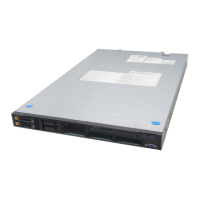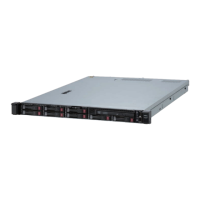3-12 Linux Setup and Operation
DUMP INITIALIZATION
1. Checking partition for diskdump
1-1. Check /var/crash (Dump file storage area)
# df
Filesystem 1K-blocks Used Available Use% Mounted on
/dev/md1 40313912 5152136 33113896 14% /
/dev/md0 194366 17729 166602 10% /boot
none 1035356 0 1035356 0% /dev/shm
/dev/md3 10080364 1089312 8478988 12% /var/crash
Note: Unless you have created /var/crash partition, it does not exist. The dump file
will be created on the partition that the root file system exists.
1-2. Check diskdump partition (Dump file creation area)
#fdisk /dev/md*
Run “p print the partition table.”
* When HAS is loaded, run it at “fdisk /dev/had*.”
* Check that dump partitions exist as many as the disks in fdisk.
Device Boot Start End Blocks Id System
/dev/hada1 1 25 200781 fd Linux raid autodetect
/dev/hada2 26 5124 40957717+ fd Linux raid autodetect
/dev/hada3 5125 5379 2048287+ fd Linux raid autodetect
/dev/hada4 5380 8899 28274400 5 Extended
/dev/hada5 5380 6654 10241406 fd Linux raid autodetect
/dev/hada6 6655 7929 10241406 83 Linux
Check the partition which is created for diskdump and the ID is 83.
In this example hada6 is the dump partition.
Note: If 1-1 and 1-2 do not exist, reinstall the OS. Create a dump partition in the
phase of partition creation during installation.
2. Initializing the diskdump partition
2-1. Edit /etc/sysconfig/diskdump
Open the file in:
#vi /etc/sysconfig/diskdump
and then add:
DEVICE=/dev/hada6:/dev/hadb6
and comment out other lines.
For had*, specify the value of the partition you checked in 1-2.
* Even when the disk is expanded, this file needs to be edited.

